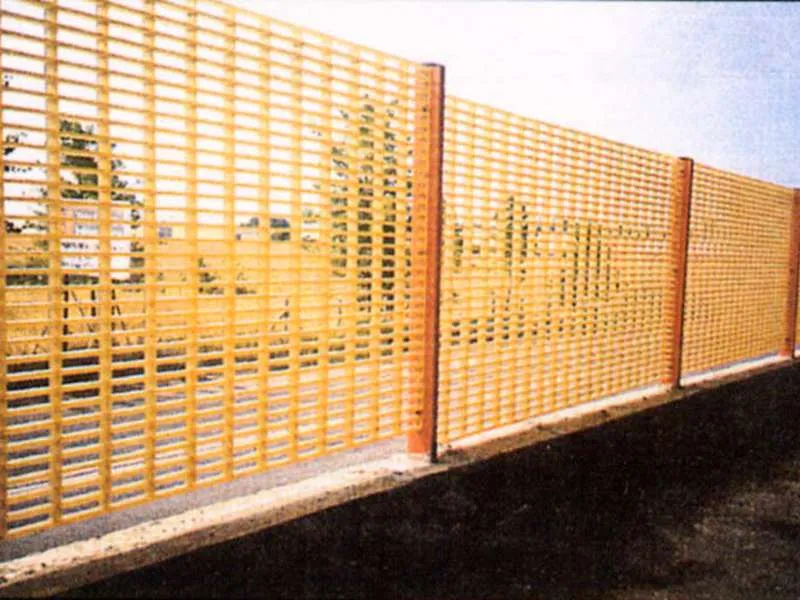
-
 Afrikaans
Afrikaans -
 Albanian
Albanian -
 Amharic
Amharic -
 Arabic
Arabic -
 Armenian
Armenian -
 Azerbaijani
Azerbaijani -
 Basque
Basque -
 Belarusian
Belarusian -
 Bengali
Bengali -
 Bosnian
Bosnian -
 Bulgarian
Bulgarian -
 Catalan
Catalan -
 Cebuano
Cebuano -
 China
China -
 China (Taiwan)
China (Taiwan) -
 Corsican
Corsican -
 Croatian
Croatian -
 Czech
Czech -
 Danish
Danish -
 Dutch
Dutch -
 English
English -
 Esperanto
Esperanto -
 Estonian
Estonian -
 Finnish
Finnish -
 French
French -
 Frisian
Frisian -
 Galician
Galician -
 Georgian
Georgian -
 German
German -
 Greek
Greek -
 Gujarati
Gujarati -
 Haitian Creole
Haitian Creole -
 hausa
hausa -
 hawaiian
hawaiian -
 Hebrew
Hebrew -
 Hindi
Hindi -
 Miao
Miao -
 Hungarian
Hungarian -
 Icelandic
Icelandic -
 igbo
igbo -
 Indonesian
Indonesian -
 irish
irish -
 Italian
Italian -
 Japanese
Japanese -
 Javanese
Javanese -
 Kannada
Kannada -
 kazakh
kazakh -
 Khmer
Khmer -
 Rwandese
Rwandese -
 Korean
Korean -
 Kurdish
Kurdish -
 Kyrgyz
Kyrgyz -
 Lao
Lao -
 Latin
Latin -
 Latvian
Latvian -
 Lithuanian
Lithuanian -
 Luxembourgish
Luxembourgish -
 Macedonian
Macedonian -
 Malgashi
Malgashi -
 Malay
Malay -
 Malayalam
Malayalam -
 Maltese
Maltese -
 Maori
Maori -
 Marathi
Marathi -
 Mongolian
Mongolian -
 Myanmar
Myanmar -
 Nepali
Nepali -
 Norwegian
Norwegian -
 Norwegian
Norwegian -
 Occitan
Occitan -
 Pashto
Pashto -
 Persian
Persian -
 Polish
Polish -
 Portuguese
Portuguese -
 Punjabi
Punjabi -
 Romanian
Romanian -
 Russian
Russian -
 Samoan
Samoan -
 Scottish Gaelic
Scottish Gaelic -
 Serbian
Serbian -
 Sesotho
Sesotho -
 Shona
Shona -
 Sindhi
Sindhi -
 Sinhala
Sinhala -
 Slovak
Slovak -
 Slovenian
Slovenian -
 Somali
Somali -
 Spanish
Spanish -
 Sundanese
Sundanese -
 Swahili
Swahili -
 Swedish
Swedish -
 Tagalog
Tagalog -
 Tajik
Tajik -
 Tamil
Tamil -
 Tatar
Tatar -
 Telugu
Telugu -
 Thai
Thai -
 Turkish
Turkish -
 Turkmen
Turkmen -
 Ukrainian
Ukrainian -
 Urdu
Urdu -
 Uighur
Uighur -
 Uzbek
Uzbek -
 Vietnamese
Vietnamese -
 Welsh
Welsh -
 Bantu
Bantu -
 Yiddish
Yiddish -
 Yoruba
Yoruba -
 Zulu
Zulu
GRP Field Tank Solutions - Innovative & Durable Storage Systems
Understanding GRP Field Tanks A Comprehensive Overview
Glass Reinforced Plastic (GRP) field tanks have gained prominence in various industries due to their outstanding properties and versatility. Made from a composite material that combines glass fibers with a polymer resin, GRP field tanks offer an array of benefits that make them ideal for storing liquids, particularly in remote and harsh environments. In this article, we will explore the features, advantages, applications, and maintenance of GRP field tanks.
Features of GRP Field Tanks
GRP field tanks are characterized by their robust construction and lightweight nature. This composite material is highly resistant to corrosion, making it suitable for holding aggressive chemicals and potable water alike. The tanks are available in various sizes and shapes, accommodating different storage requirements. Furthermore, their seamless design minimizes the risk of leaks, ensuring that the contents are safely contained.
One of the standout features of GRP tanks is their flexibility in design. Manufacturers can customize these tanks to meet specific needs, including options for insulation, UV resistance, and tailored access points. This adaptability is especially beneficial in applications where environmental conditions pose significant challenges.
Advantages of GRP Field Tanks
1. Corrosion Resistance GRP tanks can withstand a wide range of chemicals without degrading, making them ideal for industries such as wastewater treatment, agriculture, and chemical processing.
2. Lightweight Compared to traditional materials like steel or concrete, GRP is significantly lighter, which simplifies transportation and installation. This feature is especially valuable in remote locations where heavy machinery is not readily available.
3. Cost-Effective The initial investment for GRP tanks is often lower than that for metal tanks, especially when considering the long-term savings due to reduced maintenance and replacement costs.
grp field tank

4. Easy Installation GRP field tanks can be assembled quickly and easily, contributing to shorter project timelines. Their modular design allows for easier handling and flexibility in positioning.
5. Durability GRP tanks have a long lifespan, often exceeding 30 years with proper maintenance, making them a durable solution for liquid storage.
Applications of GRP Field Tanks
GRP field tanks find applications across various sectors. In the agricultural industry, they are widely used for fertilizer and pesticide storage. In municipal water systems, GRP tanks serve as potable water storage solutions. The oil and gas sector also employs GRP tanks for storing various liquids, given their robustness and chemical resistance.
Moreover, GRP tanks are increasingly utilized in renewable energy applications, such as biogas projects, where they provide effective storage for digestate and other by-products.
Maintenance of GRP Field Tanks
While GRP tanks require minimal maintenance, periodic checks are advisable to ensure their longevity. Regular inspections should focus on the integrity of the tank, checking for any signs of wear or damage. Cleaning the tanks periodically helps maintain hygiene, particularly when storing potable water or food-grade materials.
In conclusion, GRP field tanks represent a modern solution to storage needs across many industries. Their unique properties, along with their customizable design, make them an excellent choice for anyone seeking reliable and efficient liquid storage solutions. As industries continue to evolve, the demand for innovative materials like GRP is likely to grow, showcasing the vital role these tanks play in our everyday lives.
Latest news
-
High-Quality Fiberglass Car Bodies Durable GRP Car & Boat Body SolutionsNewsJul.08,2025
-
High-Quality Fiberglass Dual Lamination Product Manufacturer Durable FRP & GRP Dual Lamination SolutionsNewsJul.08,2025
-
Rectangular Tank with Dimensions for GRP Calculation Custom Fiberglass GRP Rectangular TanksNewsJul.07,2025
-
High-Quality Fiberglass Weir Custom FRP Weir & Fiberglass Tanks ManufacturerNewsJul.07,2025
-
CPVC FRP Pipe A Reliable Choice for Industrial Applications High Strength & Corrosion ResistanceNewsJul.07,2025
-
Fiberglass Scrubber for Effective Cleaning and Stain Removal – Superior Performance in Various ApplicationsNewsJul.06,2025









